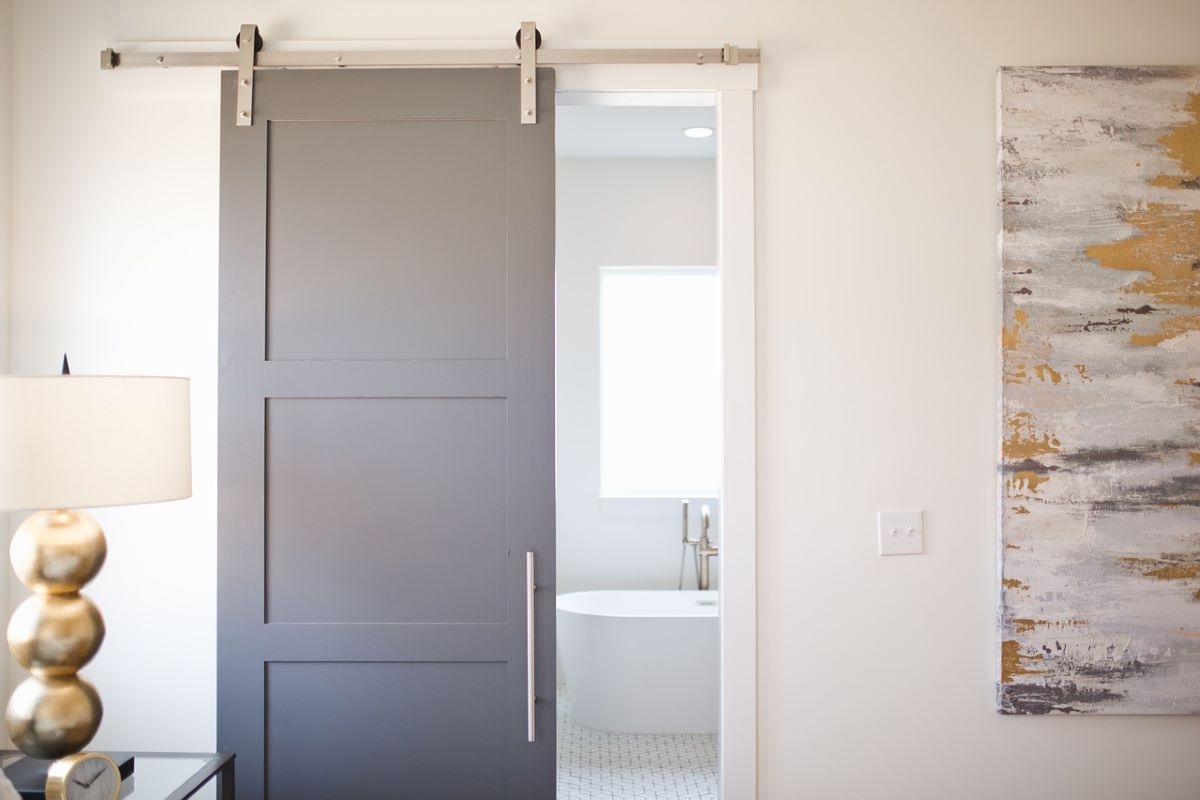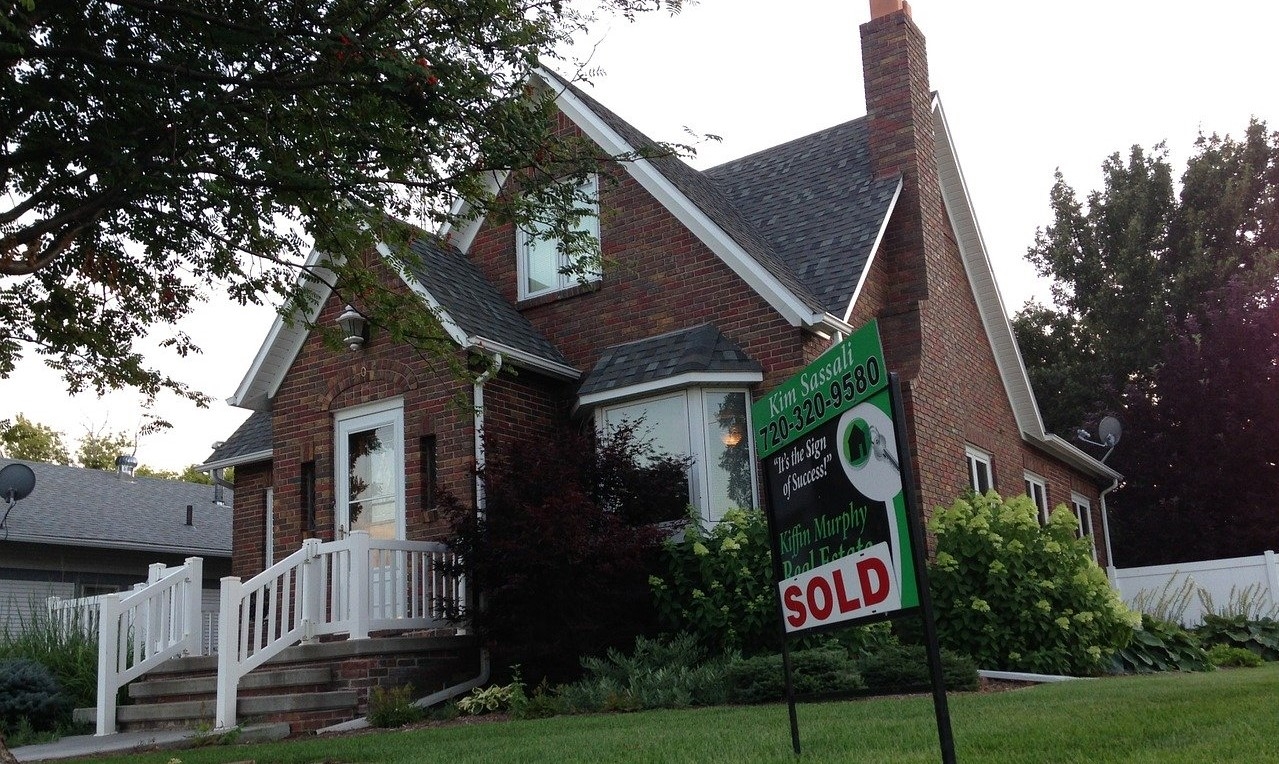
Types of Internal Doors: Which One Should You Choose
There is little thought given to interior doors. Most people pay attention to what is visible to the outside, hence the secure and good-looking front doors. However, when it comes to internal ones, anything will suffice.
This is a misconception. In fact, a little attention to the doors will completely change the appearance of your home. They are not just functional, but also come in a wide range of styles and designs, allowing them to transform a dull interior into a beautiful environment.
Now, while most people stick to the classic white doors with no fancy ornaments – usually, the cheapest option, the truth is there are plenty of other styles to choose from, and interior door installation cost might vary depending on the style. Becoming familiar with the top styles will help you make a more informed decision.
So, what options do you have? More importantly, how do you make a decision?
Flush doors
Flush doors represent simplicity – classic, inexpensive, and straightforward. They are plain and smooth – no panels or textures. They consist of three different parts – two sides and a core. They are not made of solid wood, but they act like it.
Some of them come with a solid core, while others have a hollow one – there is also the stave option. This option offers minimal support and does not really stand out. Sure, it gets the job done, but other than that, do not expect too much in terms of design – you can, however, paint them in a different color.
Panel doors
If you’re looking for a touch of style, panel doors are the most popular choice for internal doors. They are simple and can work well in any type of décor. Panels make the difference when it comes to the actual design – one or more panels, different shapes and sizes, and so on.
Some panels are stacked horizontally. Some others are stacked vertically. The more panels you opt for, the more classic your door will look – keep that in mind, especially if you have an ultra-modern house. You can also find glazed panel doors – one or more panels based on glass.
Sliding doors
Sliding doors come with tracks – one at the top and another at the bottom. They slide open or closed, making them ideal for spaces with limited room. They are more common for bathrooms or closets, but you can also install them in bedrooms and other rooms if you like the style.
Pocket doors work on similar principles, but there is a difference. They require a more professional installation because they are designed to slide into walls. Therefore, they may not be suitable for all homes – if your walls are already done, installing them would cause a terrible mess.
Barn doors
Barn doors were initially used for… Well, barns. They were originally used outdoors only, but they have managed to infiltrate the indoor style as well. In fact, while they may look a bit traditional, the right colour combination and simplicity will also make them suitable for ultra-modern homes.
Barn doors are similar to track doors. However, they only come with one track, above the door. They basically hang from above, but they slide left and right. They are not too secure, but they make a stylish option.
Folding doors
Folding and bi-folding doors are self-explanatory. They are usually double, but you can also come up with a large system consisting of four or more doors – obviously, such designs are not very common in commerce, so they must be ordered.
Such doors are more common for the exterior – they usually lead to the back garden or perhaps a patio area. They are not secure enough to be used as front doors. However, you can also use them for certain spaces in your home, such as access to the living room or the dining room.
How to choose the right style
Choosing the right internal door means giving your home a brand-new appearance, but with so many options available, making the right decision can be challenging. The above-mentioned styles are only the most popular ones but there are far more options out there.
If you own a bar or a restaurant, click for swinging cafe doors and explore a practical yet stylish option that enhances both convenience and ambiance. However, if you are looking for something more traditional, panel or flush doors might be the perfect fit for a clean and classic look.
So, what do you need to pay attention to when choosing your interior doors?
Material
There are four common materials. Here they are in order of durability and quality standards:
• Hardwood
• Solid wood
• Molded
• Glazed
Type
The type and style usually depend on personal preferences. Of course, the style of your home should dictate the final decision. Some doors are made with traditional designs, while others are more suitable for modern homes – there are plenty of middle options too.
Size and installation
If you have a new home or have just bought an older one, chances are the door openings follow standard sizes. However, there are multiple standards out there, so you should measure first.
If you have existing doors, measure them to determine precisely the size to look for. If you have a custom home, chances are you will need to order custom doors tailored to your specific measurements.
The installation is usually straightforward when it comes to classic doors – a bit of DIY experience will definitely help, though. However, some doors require more work and skill, such as folding doors or barn doors.
Conclusion
As a brief final conclusion, interior doors come in a wide range of sizes, styles, and designs. Normally, your personal needs and preferences will dictate what type of door you need, but this is not a general rule. The overall design of your home is just as important in the process.
The style and design are not the only things to consider. Double-check the quality standards as well – for instance, the materials. It is worth paying a bit more for quality doors than having to replace or repair them after a few months. At the end of the day, you should look for value for money.









